Red-Tailed Shark: Everything You Need To Know

The red-tailed shark, scientifically known as Epalzeorhynchos bicolor, is a striking freshwater fish renowned for its vibrant appearance and unique behavior. With its sleek body adorned by a striking red tail, this species captivates aquarium enthusiasts worldwide. Understanding the intricacies of the red-tailed shark is not only essential for maintaining a thriving aquatic environment but also offers insights into the fascinating world of freshwater fishkeeping. As one of the most popular choices for home aquariums, the red-tailed shark brings both beauty and character to aquatic landscapes. In this comprehensive guide, we delve into everything you need to know about caring for and appreciating this remarkable species, empowering enthusiasts to create optimal habitats and foster the well-being of these captivating creatures.
Physical Description
Distinctive Red Tail
- The hallmark feature of the red-tailed shark is its vibrant red tail fin, which contrasts sharply with its dark gray to black body.
- This striking coloration serves as a visual cue for species recognition and adds to the species’ allure in aquariums.

Sleek Body Shape
- Red-tailed sharks possess a streamlined body shape, tapering towards the tail, allowing for swift movement through the water.
- Their elongated, torpedo-like body is well-suited for navigating their natural riverine habitats.
Size and Growth
- Juvenile red-tailed sharks typically measure around 2 to 3 inches in length, with their distinctive red tail developing as they mature.
- Adult specimens can reach sizes of up to 6 inches, making them a medium-sized addition to freshwater aquariums.
Other Physical Characteristics
- Red-tailed sharks have sharp, pointed dorsal and anal fins, contributing to their sleek appearance and aiding in propulsion.
- Their eyes are small and dark, positioned laterally on the head, providing a wide field of vision to monitor their surroundings.
- Scales are present along the body, providing protection against abrasions and environmental hazards.
Understanding the physical attributes of the red-tailed shark is crucial for hobbyists seeking to provide optimal care and create aesthetically pleasing aquatic displays. These characteristics not only define the species but also contribute to its overall appeal in the realm of freshwater fishkeeping.
Natural Habitat
Rivers and Streams of Southeast Asia
- Red-tailed sharks are native to the freshwater rivers and streams of Southeast Asia, particularly Thailand and Indonesia.
- They inhabit densely vegetated areas with slow to moderate water flow, seeking refuge among submerged roots, rocks, and aquatic plants.
Aquatic Ecosystems
- Within their natural habitat, red-tailed sharks thrive in diverse aquatic ecosystems, ranging from clear, oxygen-rich streams to murky, tannin-stained waters.
- These ecosystems support a rich variety of flora and fauna, providing ample opportunities for foraging and shelter.
Preferred Environmental Conditions
- Red-tailed sharks are adaptable to a range of environmental conditions but prefer slightly acidic to neutral water with a pH level between 6.5 and 7.5.
- Water temperature ideally ranges from 72°F to 79°F (22°C to 26°C), mimicking the tropical climates of their native habitats.
- Adequate water movement and filtration are essential, as is the presence of hiding spots and substrate conducive to their natural behaviors.
Understanding the natural habitat of red-tailed sharks is essential for aquarium enthusiasts aiming to replicate these conditions in captivity. By recreating elements of their native environment, hobbyists can promote the health, well-being, and natural behaviors of these captivating freshwater fish.
Behavior and Temperament
Insights into Wild Behavior
- In their natural habitat, red-tailed sharks exhibit a solitary and territorial nature, often staking out their own territories among the aquatic vegetation and rocky substrates.
- They are primarily active during the day, foraging for food and patrolling their territory to assert dominance and deter intruders.
Territorial Nature and Interactions
- Red-tailed sharks are known for their territorial behavior, especially towards conspecifics and similar-looking fish species.
- They may engage in aggressive displays such as chasing and fin-nipping to establish dominance and defend their territory.
- It’s crucial to provide ample hiding spots and visual barriers in the aquarium to mitigate aggression and minimize stress among tankmates.
Maintaining a Harmonious Aquarium Environment
- To promote a harmonious aquarium environment with red-tailed sharks, it’s essential to carefully select tank mates that are compatible in size and temperament.
- Avoid keeping multiple red-tailed sharks in the same tank unless it’s sufficiently large to accommodate their territorial behavior.
- Provide plenty of hiding spots and line-of-sight barriers using plants, rocks, and driftwood to create distinct territories and minimize aggression.
- Regular monitoring and observation of fish behavior are essential to identify and address any signs of aggression or stress promptly.
Understanding the behavior and temperament of red-tailed sharks is crucial for maintaining a peaceful and thriving aquarium community. By implementing appropriate tank setup and management strategies, aquarium enthusiasts can ensure a harmonious coexistence among their aquatic inhabitants.
Feeding Habits
Dietary Preferences
- Red-tailed sharks are omnivorous and opportunistic feeders, consuming a varied diet in the wild that includes algae, small crustaceans, insect larvae, and organic detritus.
- In captivity, they readily accept a range of commercially available foods, including high-quality pellets, flakes, and granules.
Preference for Live and Frozen Foods
- While red-tailed sharks can thrive on dry foods, they also benefit from occasional supplementation with live or frozen foods such as bloodworms, brine shrimp, and daphnia.
- These live and frozen foods mimic their natural diet and provide essential nutrients, promoting vibrant coloration and overall health.
Balanced Diet in Captivity
- To ensure optimal nutrition and health, it’s essential to provide a balanced diet comprising a mix of dry, live, and frozen foods.
- High-quality sinking pellets or algae wafers serve as a staple diet, supplemented with occasional offerings of live or frozen foods to satisfy their predatory instincts.
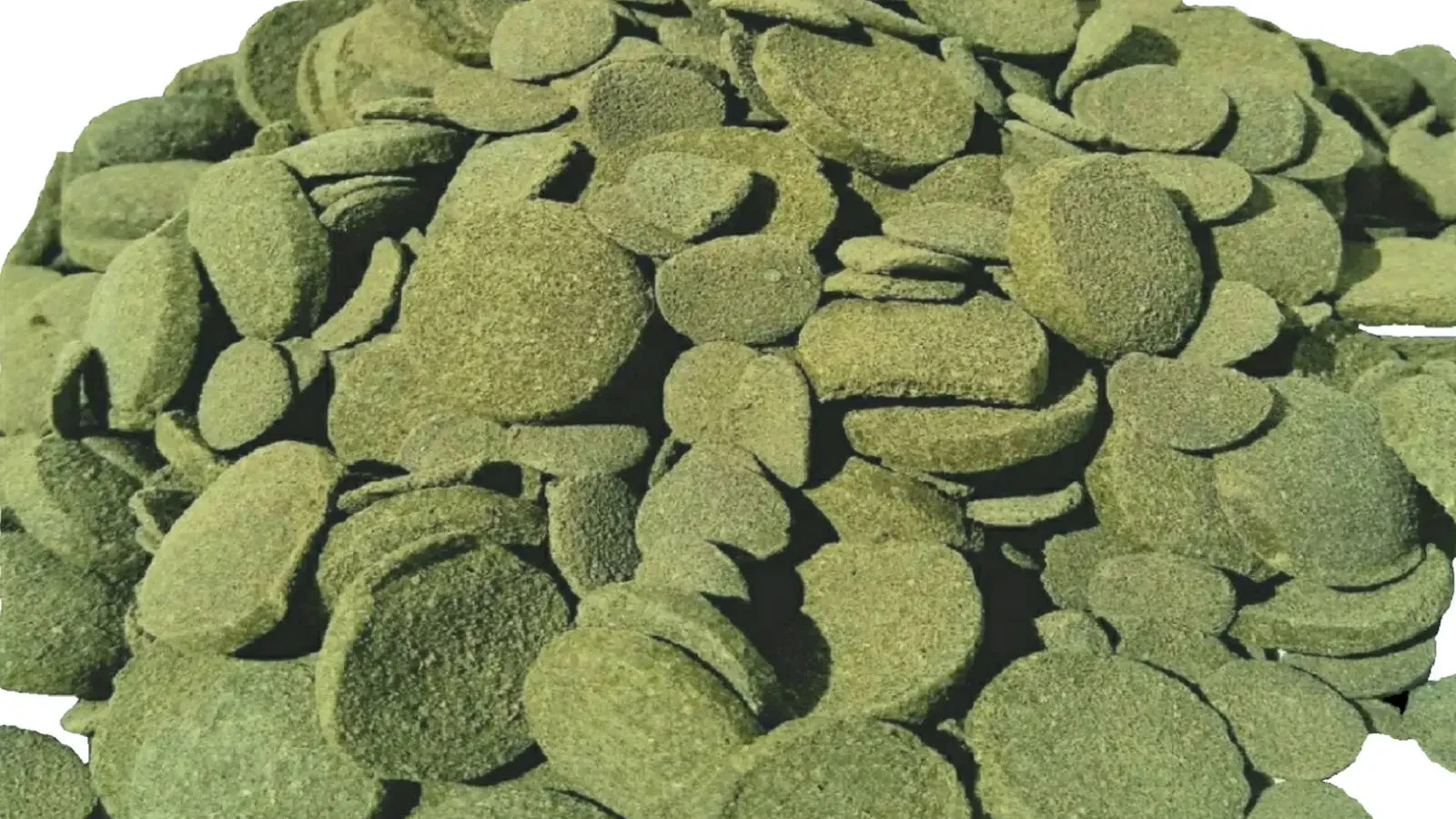
Importance of Diet Variety
- Offering a diverse diet is crucial for meeting the nutritional needs of red-tailed sharks and preventing deficiencies.
- Regularly rotating food types and incorporating fresh vegetables such as blanched zucchini or cucumber provides essential vitamins and fiber.
- Variety in their diet not only promotes physical health but also stimulates natural foraging behaviors, contributing to their overall well-being.
Understanding the feeding habits of red-tailed sharks is essential for providing a nutritious and balanced diet in captivity. By offering a diverse range of foods that mimic their natural diet, aquarium enthusiasts can support the health and vitality of these captivating freshwater fish.
Tank Requirements
Tank Setup Guidelines
- Red-tailed sharks require a spacious aquarium with ample swimming space and territories to establish dominance.
- A tank size of at least 55 gallons (208 liters) is recommended for a single red-tailed shark, with additional space needed for each additional specimen or tankmate.
Water Parameters and Decorations
- Maintain stable water parameters within the following ranges: temperature between 72°F to 79°F (22°C to 26°C), pH level between 6.5 to 7.5, and hardness between 5 to 15 dGH.
- Provide a well-aerated environment with adequate filtration to ensure optimal water quality and oxygenation.
- Decorate the aquarium with a mix of live or artificial plants, rocks, driftwood, and caves to create hiding spots and territorial boundaries for red-tailed sharks.

Tips for Water Quality Maintenance
- Perform regular water changes of 25-30% every 2-4 weeks to remove accumulated waste and replenish essential minerals.
- Monitor water parameters regularly using test kits and adjust filtration and water flow as needed to maintain optimal conditions.
- Use a quality filtration system rated for the size of the aquarium, incorporating mechanical, biological, and chemical filtration to remove debris, ammonia, and nitrites effectively.
Creating an appropriate aquarium environment for red-tailed sharks involves careful consideration of tank size, water parameters, and decorations. By adhering to these guidelines and implementing proper maintenance practices, aquarium enthusiasts can provide a healthy and thriving habitat for their aquatic companions.
Compatibility with Other Fish
Common Health Issues
Overview of Health Problems
- Red-tailed sharks are generally hardy fish, but they may encounter several common health issues in captivity.
- These issues include parasitic infections, bacterial infections, fin rot, and stress-related ailments.

Symptoms and Actions
- Watch out for signs of distress such as loss of appetite, abnormal swimming behavior, lethargy, visible lesions or discoloration, and frayed fins.
- If health issues arise, promptly isolate affected fish in a quarantine tank to prevent the spread of disease to other tankmates.
- Treat infections with appropriate medications, following manufacturer instructions and consulting with a veterinarian or experienced fishkeeper if necessary.
Importance of Observation and Maintenance
- Regular observation of red-tailed sharks is crucial for detecting early signs of illness and addressing health issues promptly.
- Maintain a clean and well-maintained aquarium environment with stable water parameters to minimize stress and susceptibility to disease.
- Perform routine water changes, filter maintenance, and gravel vacuuming to remove debris and maintain optimal water quality.
By remaining vigilant and proactive in observing the health of red-tailed sharks and implementing proper maintenance practices, aquarium enthusiasts can mitigate the risk of common health issues and ensure the well-being of their aquatic companions.
Breeding and Reproduction
Breeding Behavior Overview
- Red-tailed sharks exhibit breeding behaviors characterized by courtship rituals and territorial displays, typically occurring in the wild during the rainy season.
- Males may chase females and engage in elaborate courtship dances, culminating in the deposition of eggs on surfaces within the aquarium environment.
Challenges in Captive Breeding
- Breeding red-tailed sharks in captivity presents several challenges, including the need for specific environmental cues to trigger spawning behavior.
- Maintaining optimal water quality, providing appropriate tank conditions, and ensuring compatible breeding pairs are essential for successful reproduction.
Spawning Triggers and Setup
- Spawning triggers for red-tailed sharks may include changes in water temperature, pH, and photoperiod to mimic seasonal variations experienced in their natural habitat.
- To encourage breeding, provide a spacious breeding tank with plenty of hiding spots, such as caves or PVC pipes, to serve as potential spawning sites.
- Introduce a compatible breeding pair into the prepared breeding tank and closely monitor their behavior for signs of courtship and spawning activity.
Breeding red-tailed sharks in captivity requires careful attention to environmental conditions and behavioral cues. By understanding their breeding behavior and addressing specific challenges associated with captive breeding, aquarium enthusiasts can increase the likelihood of successful reproduction and contribute to the conservation of this captivating freshwater species.
Conclusion
In conclusion, this comprehensive guide has provided valuable insights into the world of red-tailed sharks, covering aspects ranging from their physical description and natural habitat to feeding habits, tank requirements, and breeding behavior. By understanding the unique characteristics and needs of these fascinating freshwater fish, aquarium enthusiasts can create optimal environments that promote their health, well-being, and natural behaviors. As stewards of the aquatic realm, let us continue to prioritize responsible fishkeeping practices and further research to ensure the welfare of red-tailed sharks and other aquatic species. We invite readers to share their experiences, insights, and questions in the comments section below, fostering a community of knowledge exchange and camaraderie among fellow fish enthusiasts.
Additional Resources
Authoritative Books
- Complete Encyclopedia of Freshwater Aquarium Fish by John Dawes: This comprehensive guide offers in-depth information on red-tailed sharks and a wide range of other freshwater fish species, along with expert advice on aquarium setup, maintenance, and disease prevention.
- Aquarium Plants: The Practical Guide by Pablo Tepoot: Learn about the importance of live plants in creating a balanced ecosystem for red-tailed sharks and other aquarium inhabitants, with practical tips on plant selection, propagation, and care.
Recommended Products
- Aquarium Filtration Systems: Invest in a high-quality filtration system such as the Fluval External Canister Filter to maintain optimal water quality and clarity in your aquarium.
- Aquarium Decorations: Enhance the aesthetics of your aquarium and provide hiding spots for red-tailed sharks with natural-looking driftwood and artificial caves.
- Quality Fish Food: Ensure a balanced diet for red-tailed sharks with premium-quality fish food, like Omega One Sinking Catfish Pellets formulated to meet their nutritional needs and promote vibrant coloration and overall health.
Frequently Asked Questions (FAQs)
1. What size tank do red-tailed sharks need?
Red-tailed sharks require a tank size of at least 55 gallons for a single specimen, with additional space needed for each additional fish or tankmate. Providing ample swimming space and hiding spots is essential to accommodate their territorial behavior.
2. Are red-tailed sharks aggressive?
Yes, red-tailed sharks can exhibit aggressive behavior, especially towards conspecifics and similar-looking fish species. It’s important to provide plenty of hiding spots and visual barriers in the aquarium to minimize aggression and stress among tankmates.
3. What do red-tailed sharks eat?
Red-tailed sharks are omnivorous and will accept a variety of foods, including high-quality pellets, flakes, and granules. They also benefit from occasional supplementation with live or frozen foods such as bloodworms, brine shrimp, and daphnia to mimic their natural diet.
4. How can I tell if my red-tailed shark is sick?
Signs of illness in red-tailed sharks may include loss of appetite, abnormal swimming behavior, lethargy, visible lesions or discoloration, and frayed fins. If you notice any of these symptoms, it’s important to promptly isolate the affected fish and consult with a veterinarian or experienced fishkeeper for proper diagnosis and treatment.
5. Can red-tailed sharks be kept with other fish?
Red-tailed sharks can be kept with other fish species that are compatible in size and temperament. However, they may exhibit territorial behavior and aggression towards conspecifics and similar-looking fish. Careful selection of tankmates and providing ample hiding spots can help minimize aggression and promote a harmonious aquarium environment.

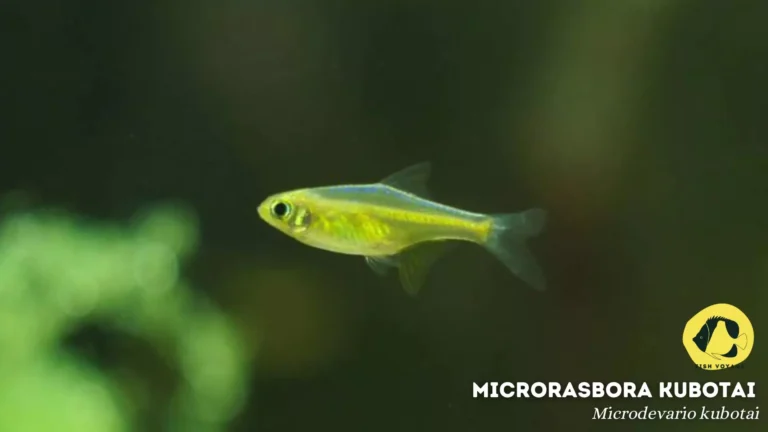
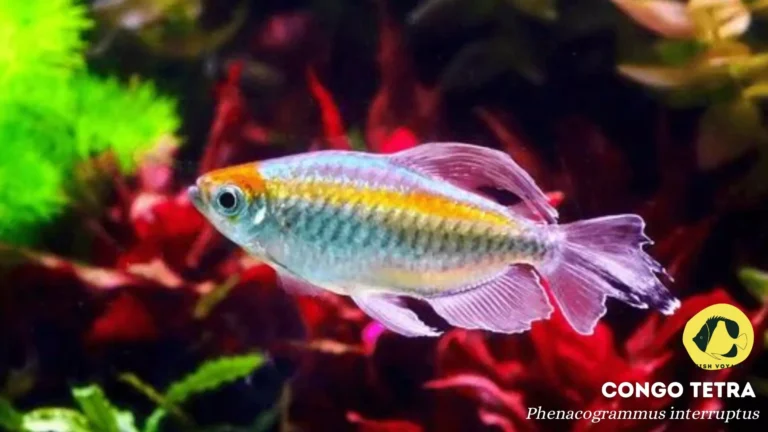
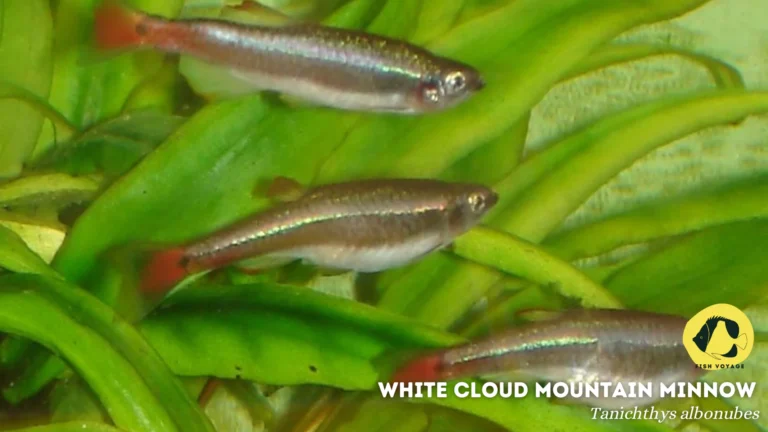
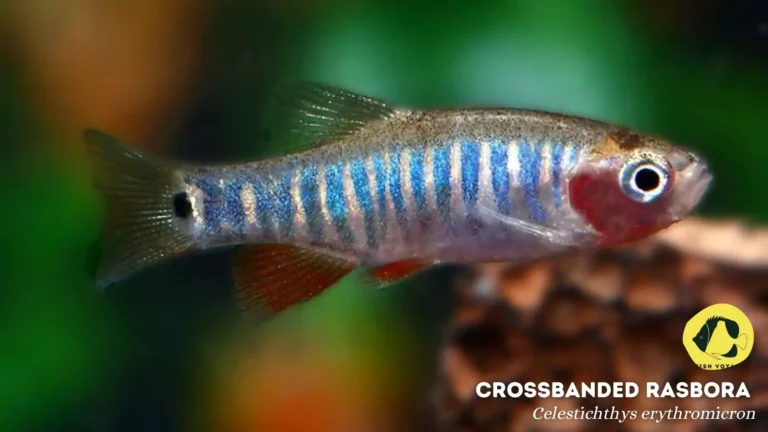
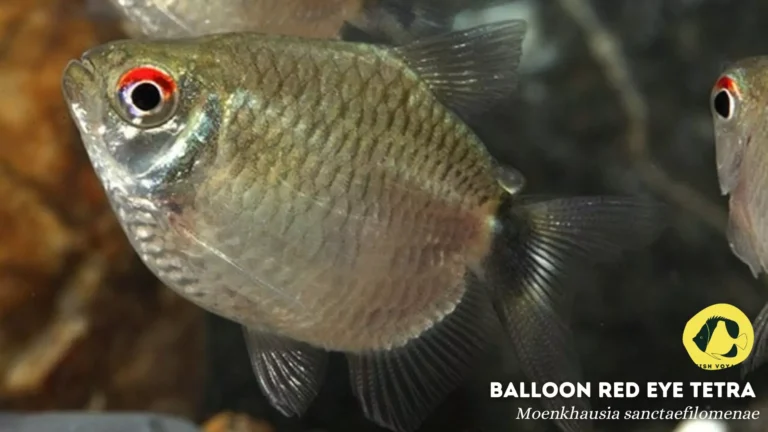
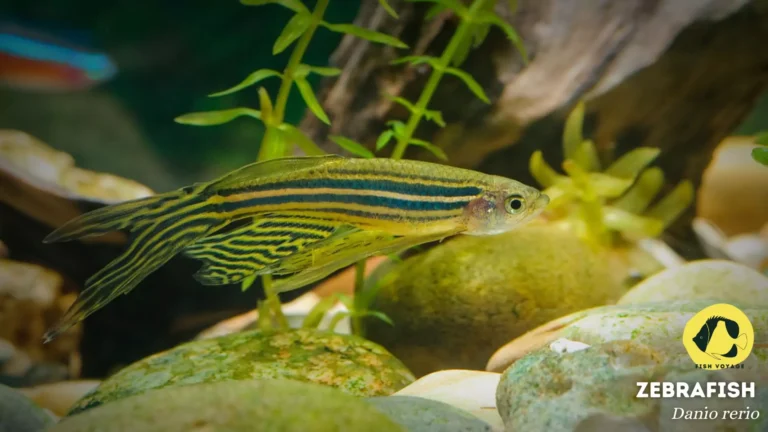
Ahaa, its good dialogue regarding this post at this place at this
weblog, I have read all that, so now me also commenting
here.
Thank you for joining the conversation and sharing your thoughts! We’re glad to hear that you found the dialogue engaging and that you’ve read through the post. Your comment is greatly appreciated, and we value your input as part of our community. Feel free to continue sharing your thoughts and insights on future posts as well. We look forward to hearing more from you!
Have you ever thought about publishing an ebook or guest authoring on other blogs?
I have a blog based upon on the same information you discuss and would really like to
have you share some stories/information. I know my readers would value your work.
If you’re even remotely interested, feel free to send me an e-mail.
You have brought up a very fantastic details , regards for the post.